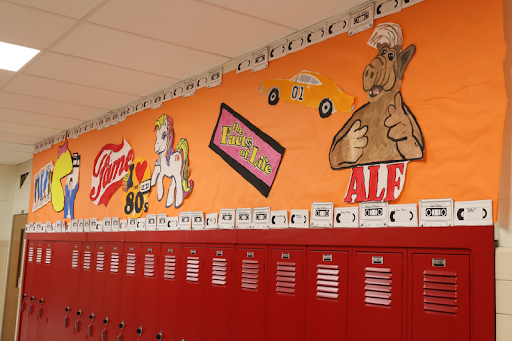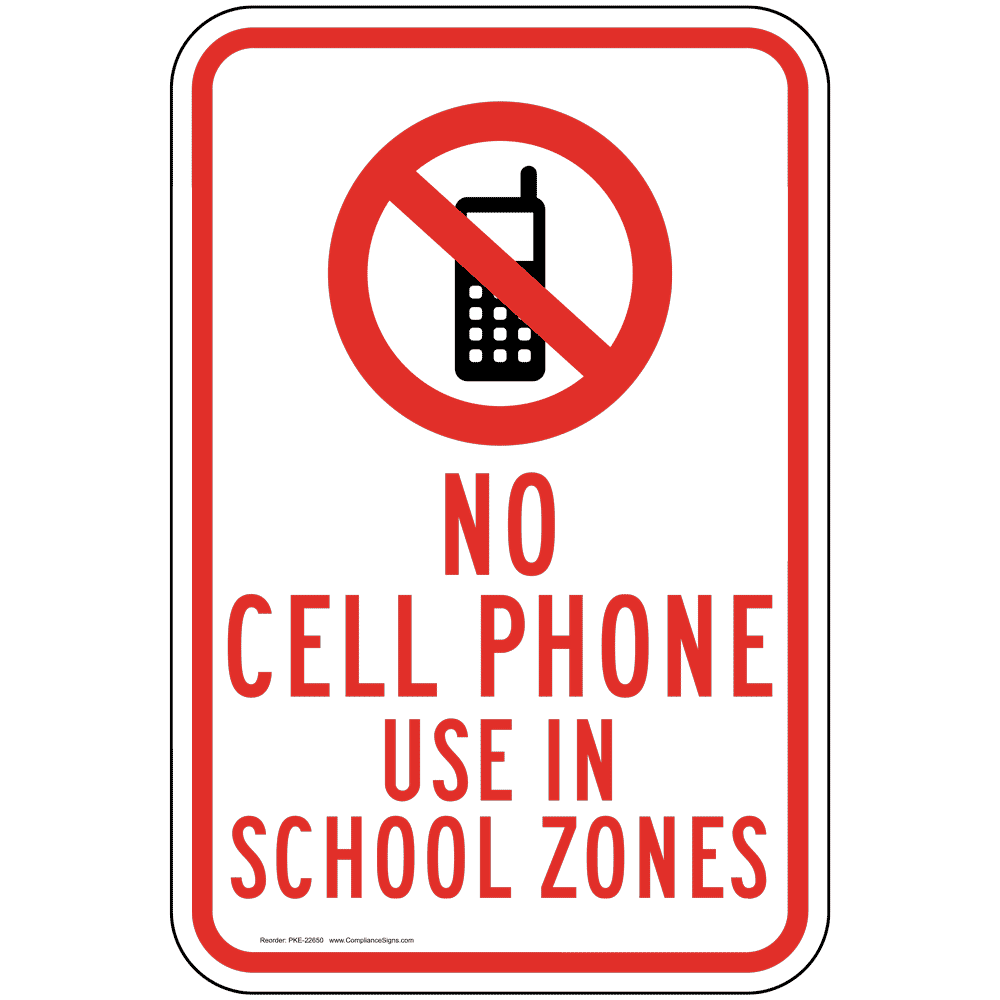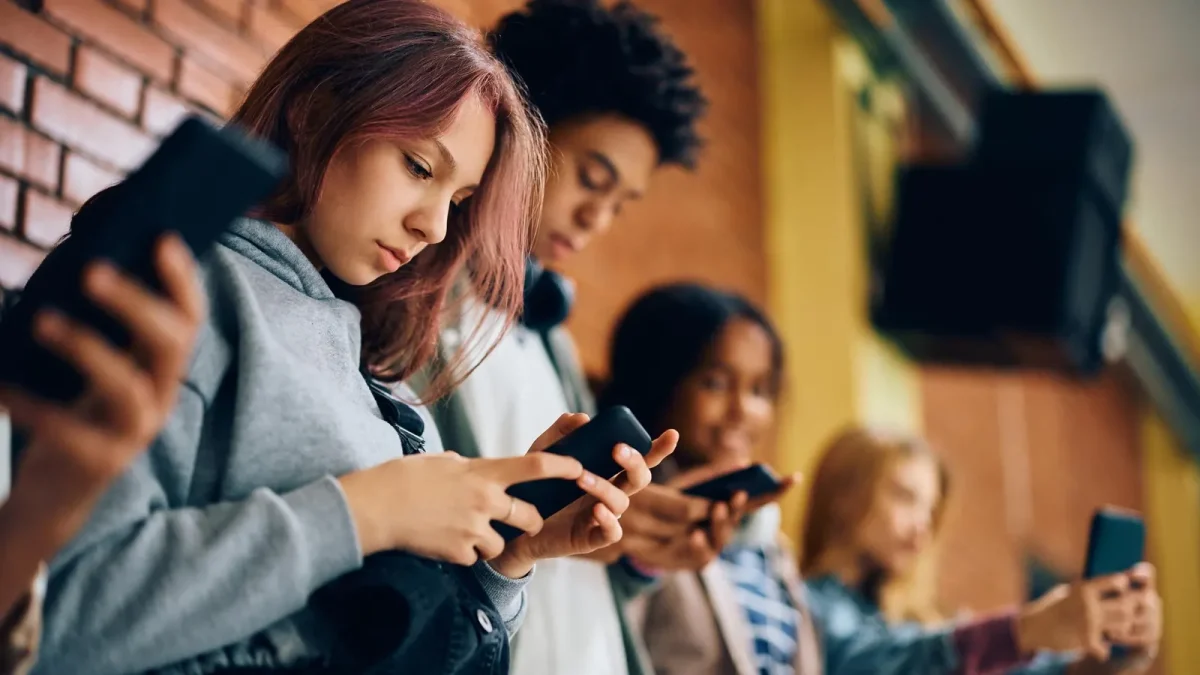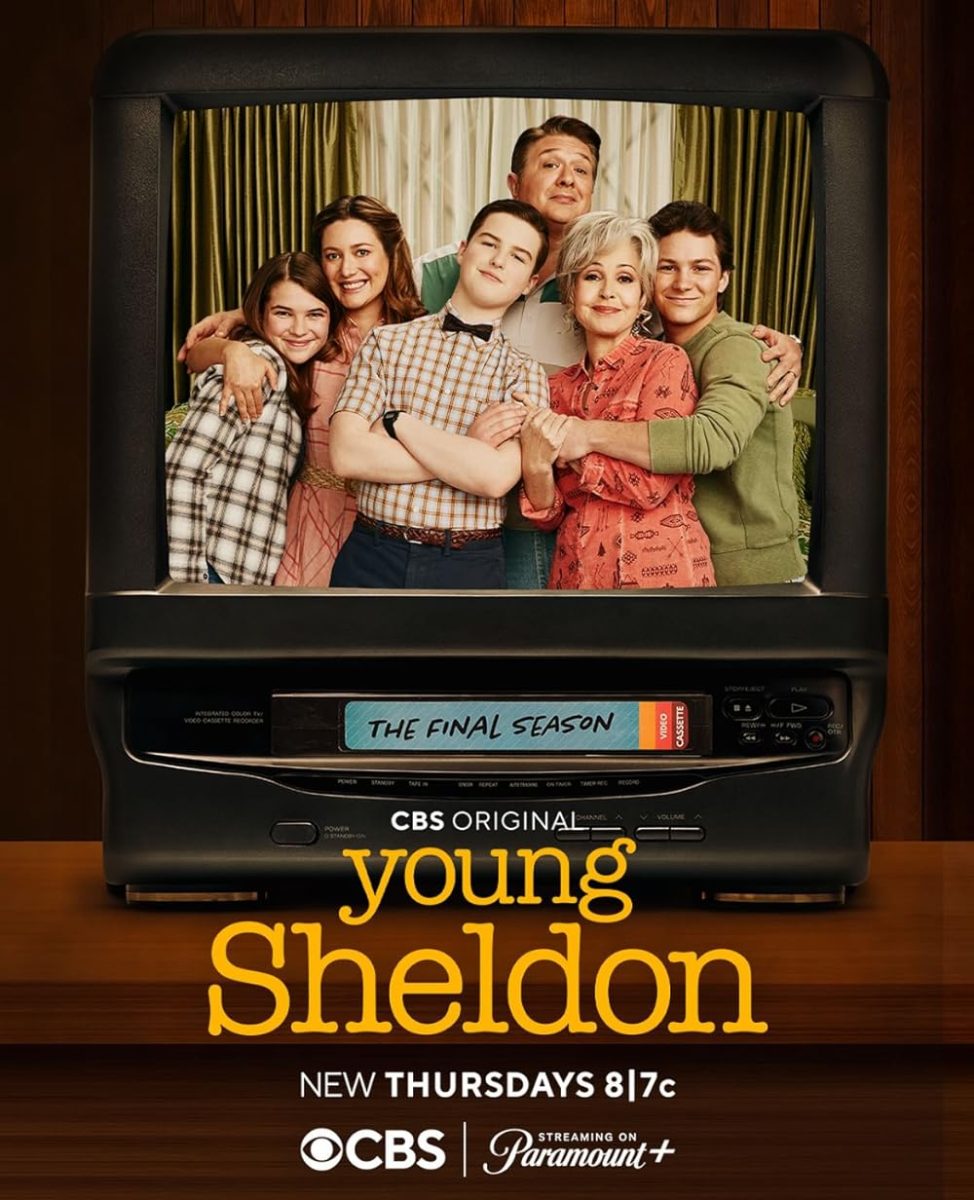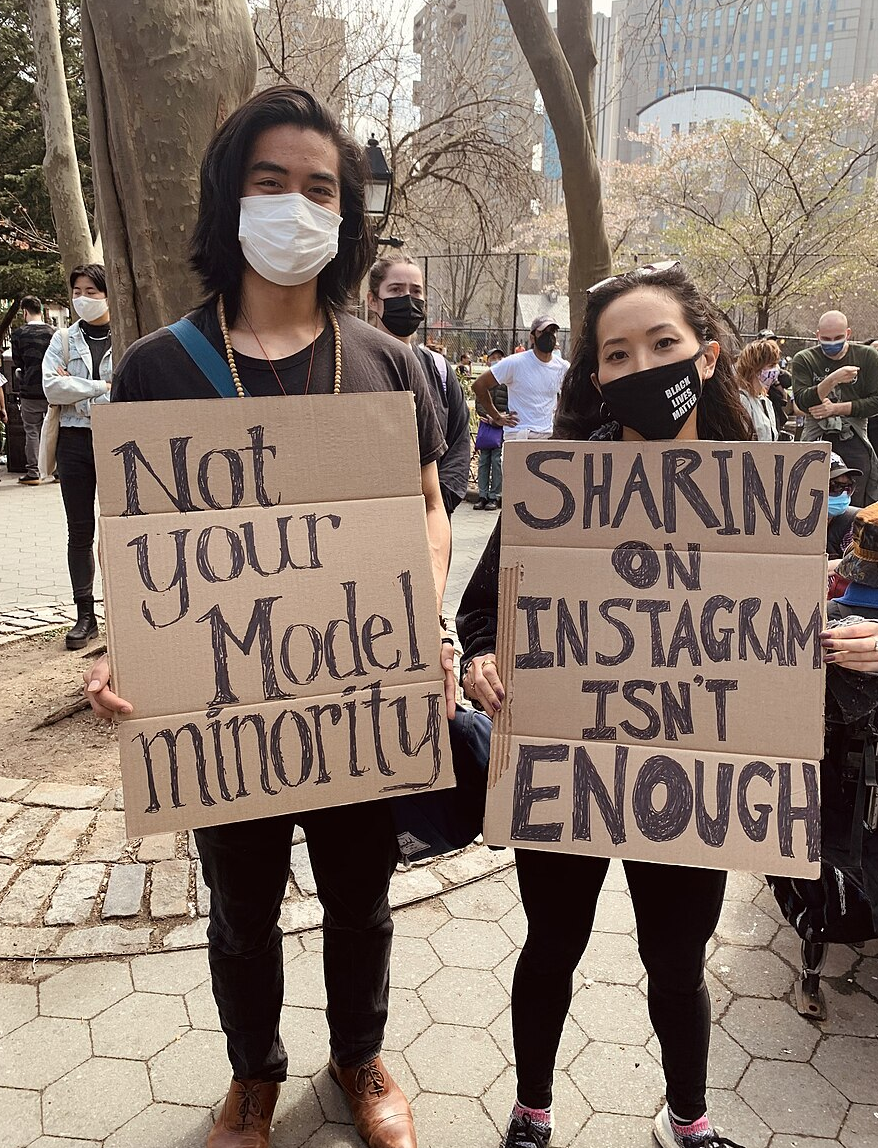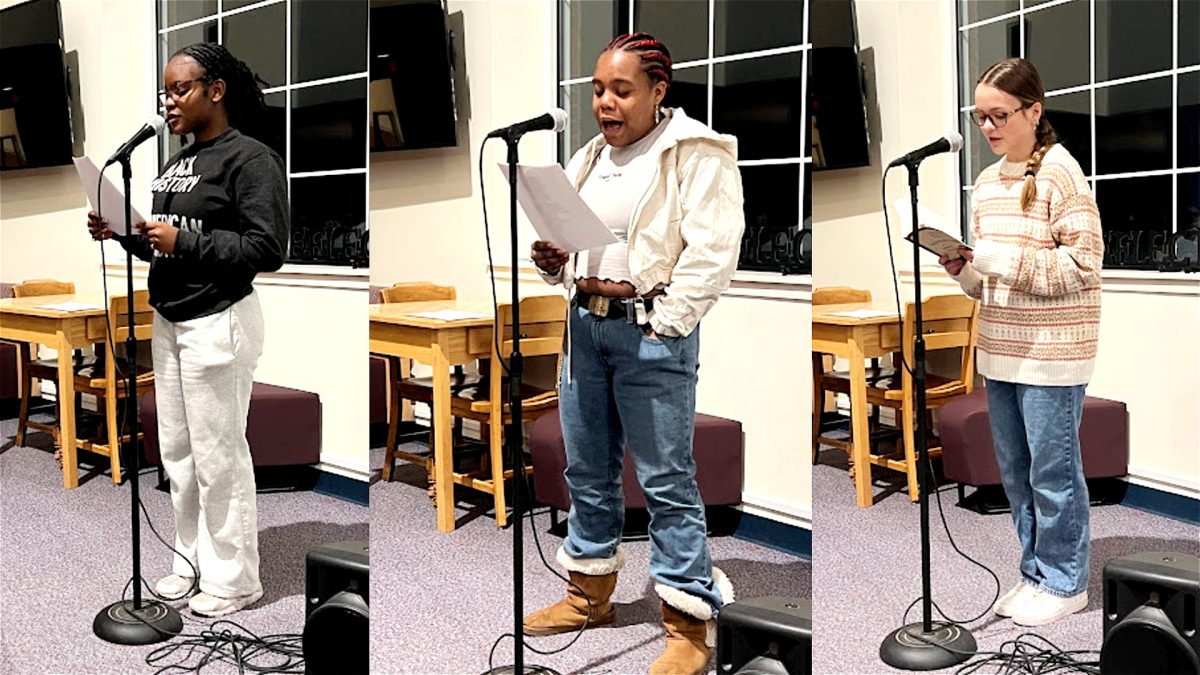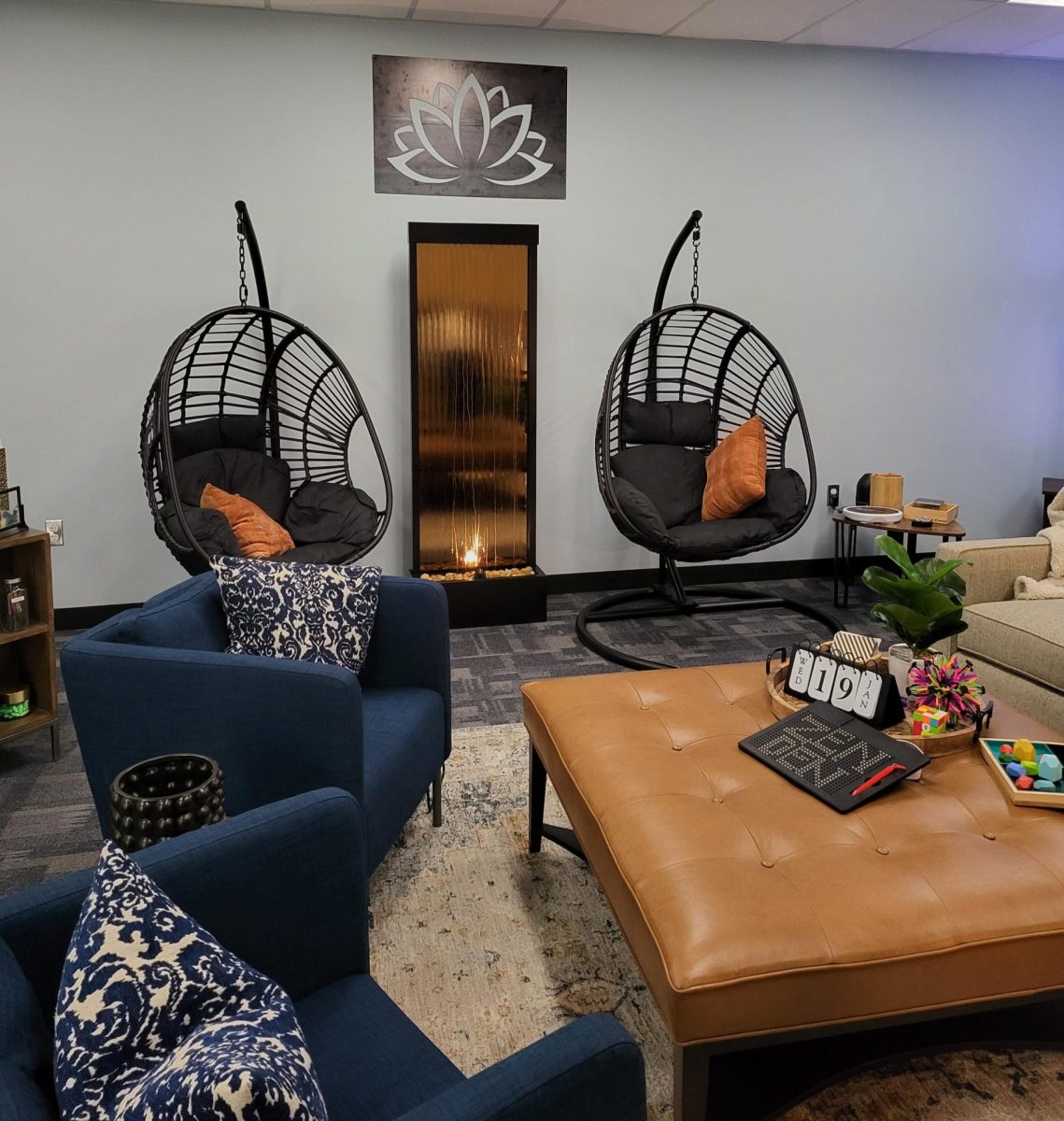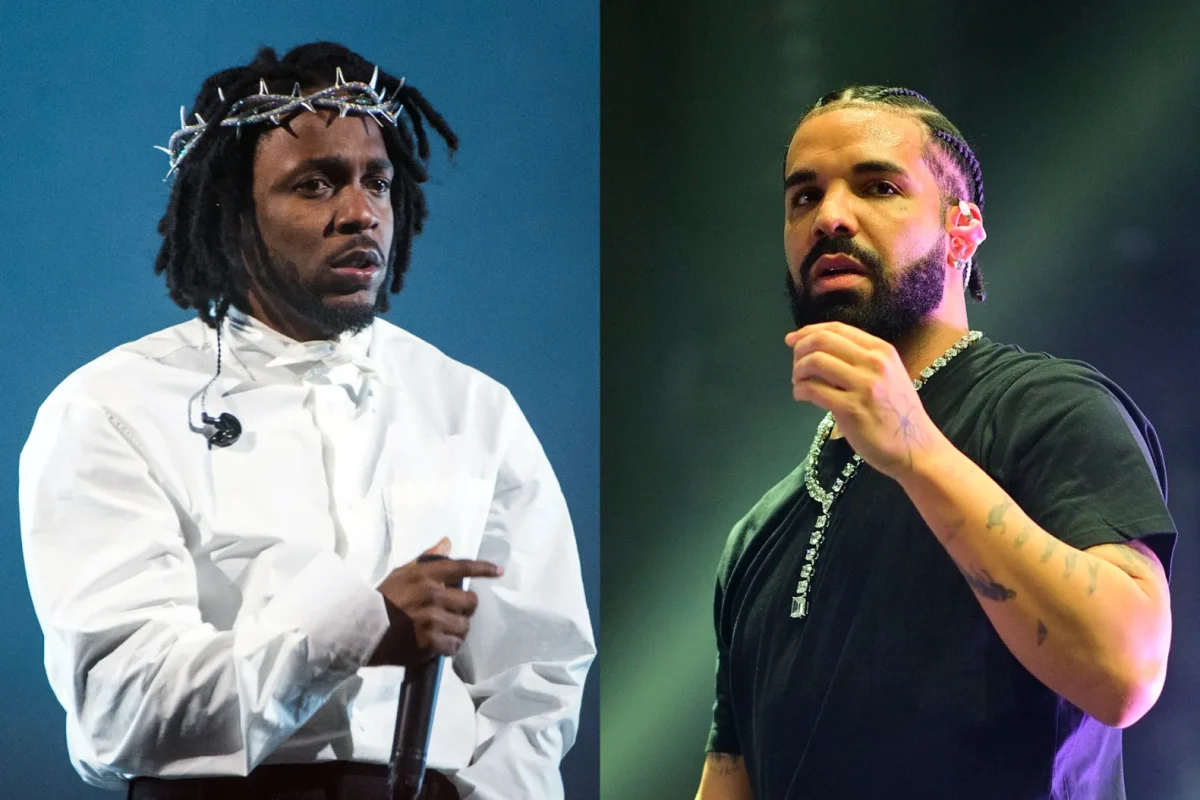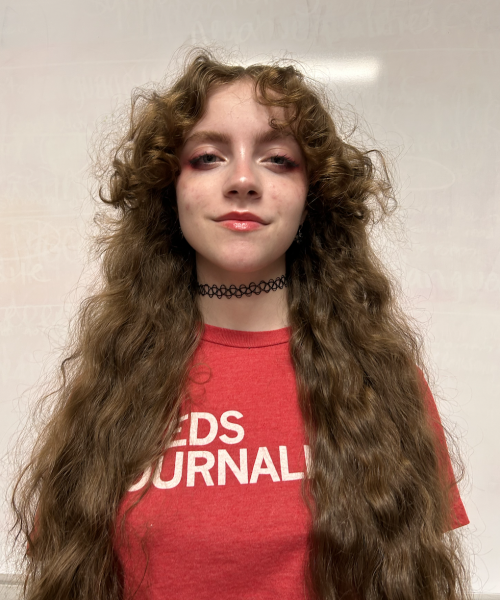The perception of danger often functions as an excuse for authorities to issue restrictive punishment on a student to protect safety standards; however, as every individual’s perception differs, on the basis of external influences, fair and equal treatment of students remains far from possible.
In reality, implicit race biases can impact a teacher’s behavioral expectation of a student, which, when expecting misbehavior, provides cause for further scrutiny of the child. This happens as early as preschool.
To research the degree to which this occurred in early teachers, the Yale Student Study Center performed a study. Task one for the participants went as follows: participants watched a 6-minute video of four young children: two Black; two white. Participants were asked to press the enter key on the computer every time they saw a child demonstrating a behavior that could become a challenge. At the same time, software tracked their eyes to see at which student they looked.
Unbeknownst to the participants, the video contained no misbehavior. According to the study, “Deception was used to elicit participants’ unconscious behavioral tendencies and therefore potentially address implicit biases regarding… race of the child.”
Across all participants, the “results revealed a main effect for race such that participants spent more time gazing at Black children” when looking for misbehavior according to the study.
“I do believe [that trend] is very prevalent in a lot of schools,” said Ms. Brandi Moss-Scott, the director of the Kidz Space RV Daycare. “I have, in fact, even encountered that with fellow employees.”
When combined with the motivation to expel or suspend a student at the preschool level being based on the degree to which a child is perceived to pose a danger, the race disparities in expulsion rates become clear. When an early teacher gazes more frequently at Black students, anticipating dangerous behavior, they are more likely to dissect their behavior more closely and find misbehavior where they may not have been.
Not only that, but the study found “teachers to be more ‘troubled’ [and moved to recommend severe punishment] by offenses of the Black student[s]… compared to…White student[s] with the same record.” By that logic, an automatic correlation between the expectation of aggression and race exists in the minds of early teachers.
“If something goes wrong, the automatic blame goes to the Black student versus the white student,” said Mrs. Moss-Scott.
According to the study, both Black and white educators observed the Black students more; however, the biases come from different conscious motivations.
“White teachers appear to hold Black preschoolers to a lower behavioral standard, whereas Black teachers hold these Black preschoolers to very high standards” that white students do not face, the study said.
In 2020, roughly 63% of preschool teachers are white, while 9% of preschool teachers are Black, according to Zippia: The Career Center, meaning in 63% of classrooms Black students are likely held to a lower behavioral standard.
The Yale study noted, “These potentially lower expectations held for children based on race have detrimental consequences over time…” The consequences likely relate to the increased suspension and expulsion rate of Black students.
Moreover, the perception of behaviors and the way in which they are addressed can stunt childrens’ behavioral growth throughout their academic career, potentially appeasing or diminishing their likelihood to have challenging behaviors beyond pre-school. In other words, a Black student could continue to display misbehavior through their academic years due to a lack of corrective methods, or the lower expectation could allow a Black student to lose academic opportunities due to excessive punishment like expulsion or suspension.
As, in the 2017-18 school year, 79% of public school teachers identified as non-Hispanic white, while 7% identified as Black according to Pew Research Center, in 79% of classes in America Black students continue to face unequal treatment due to the unequal perception of danger associated with race and the additional scrutiny that perception incites.
As for Kidz Space RV Daycare, Ms. Moss-Scott ensures equal opportunity for the children through diversity training, including videos, observations and discussions for the teachers. Additionally, she aims to be inclusive to all cultures, by celebrating every holiday and inviting parents to bring in cultural food to educate the children of other ways of life.
“We can teach everyone, [teachers and children alike], that we are all different,” she said. “but we are all the same, [too].”



